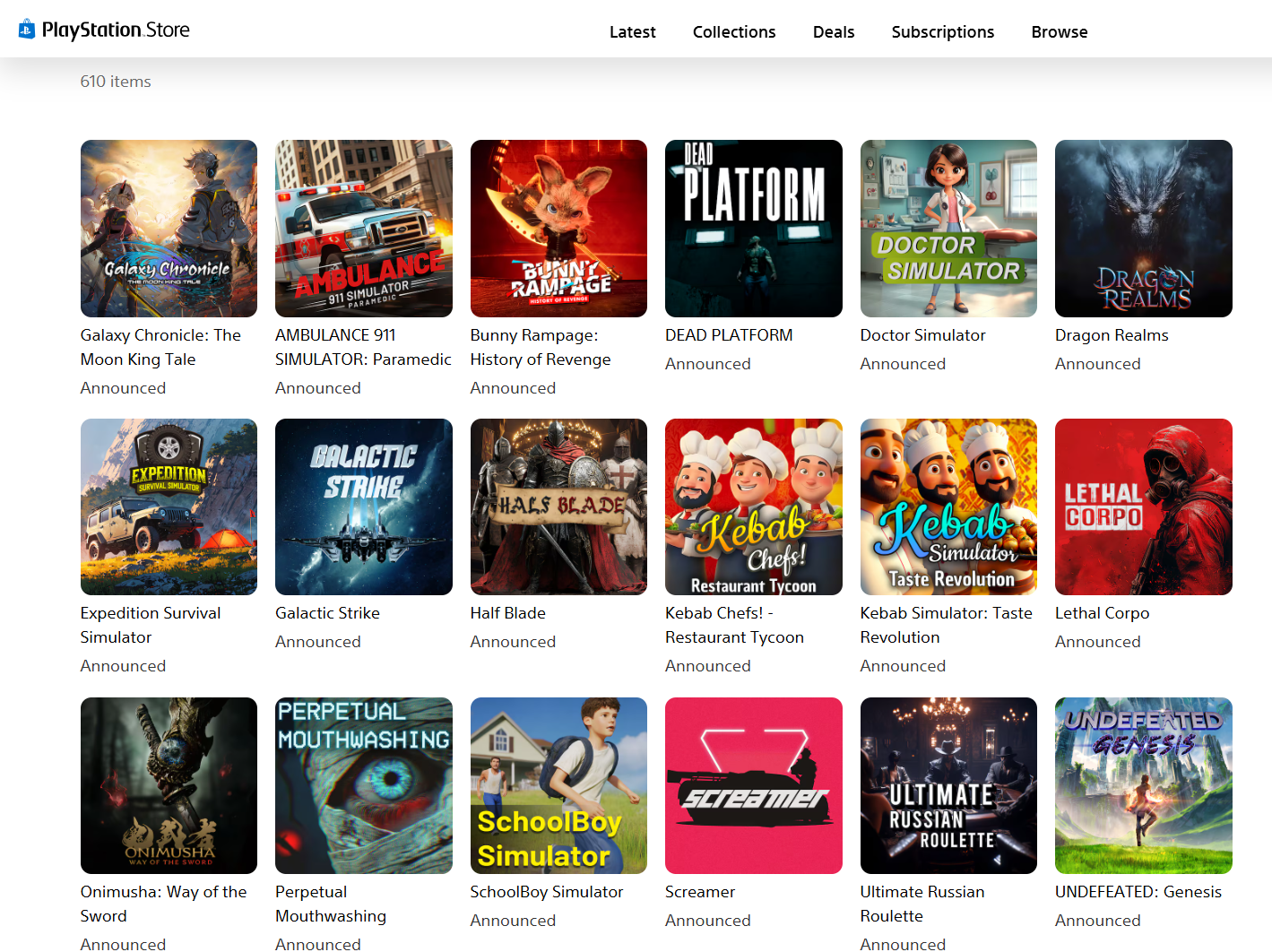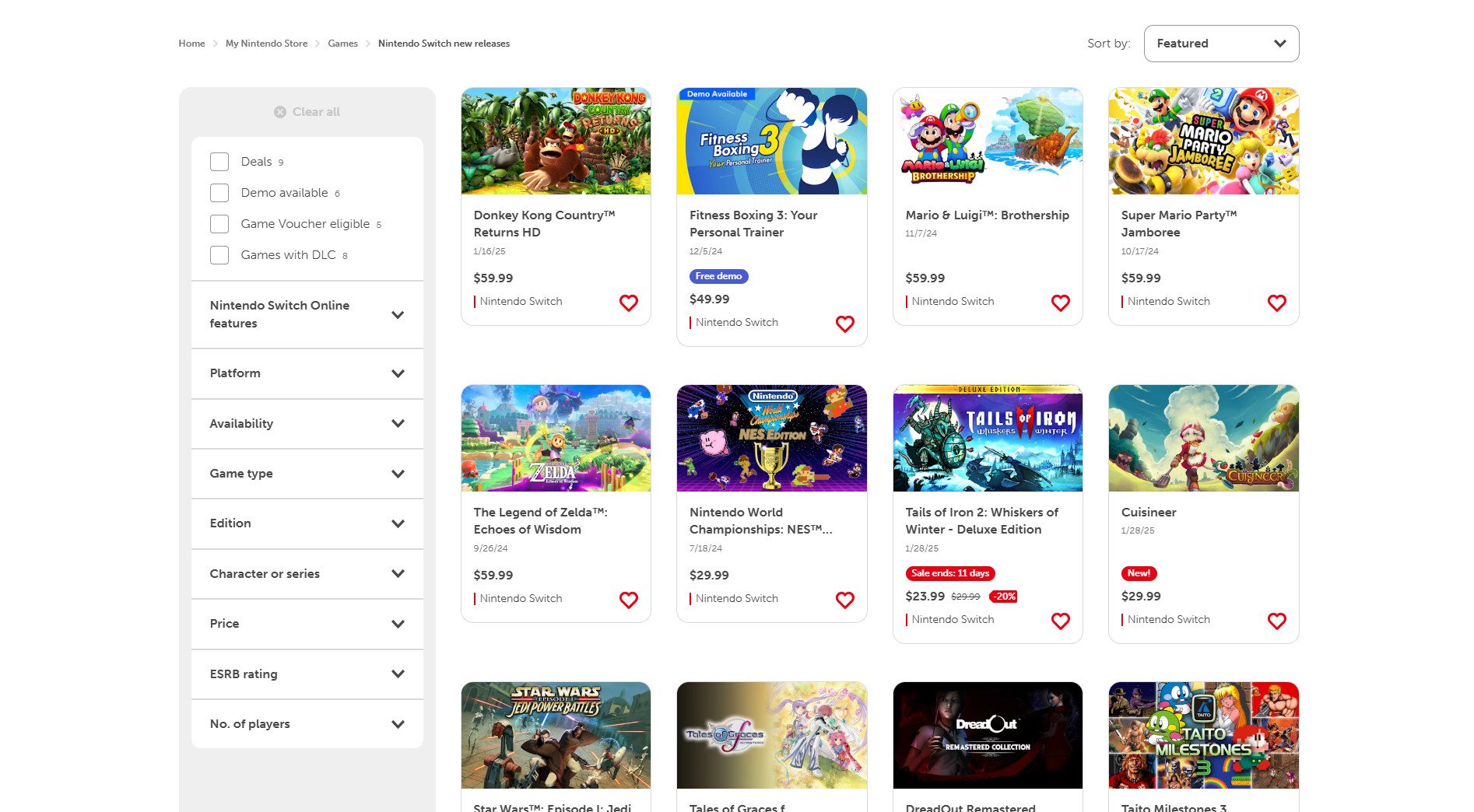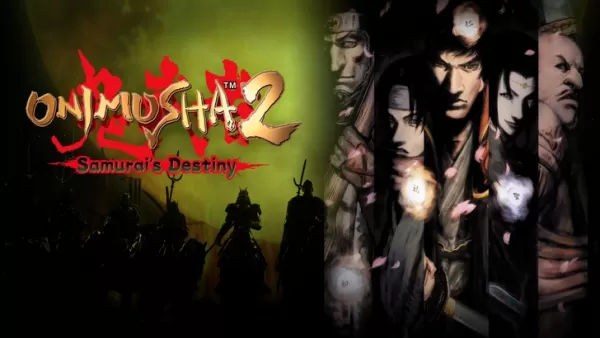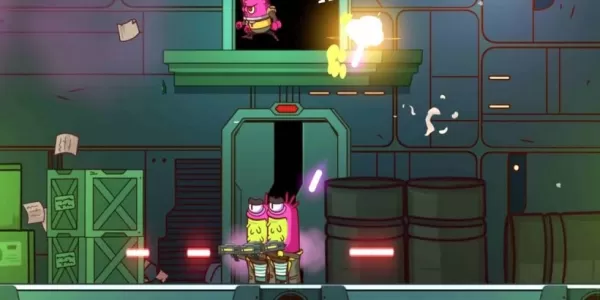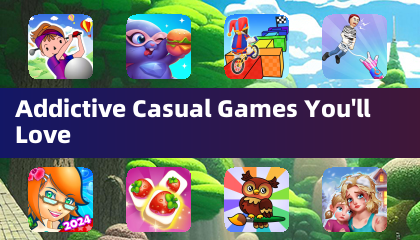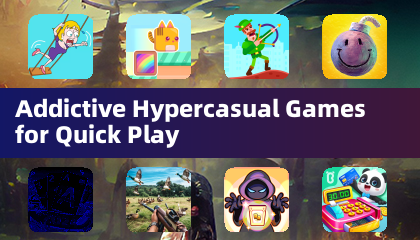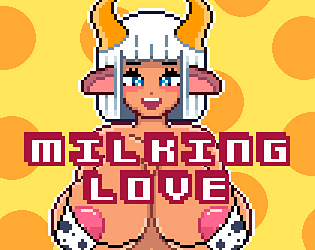There's a peculiar issue brewing on the PlayStation Store and the Nintendo eShop. Over the past few months, these platforms have been inundated with what users are calling "slop"—a term used to describe an influx of low-quality games that utilize generative AI and misleading store pages to deceive consumers into purchasing subpar products. Both Kotaku and Aftermath have covered this issue extensively, noting that the eShop in particular is flooded with these deceptive games, a trend that has now spread to the PlayStation Store, particularly affecting the "Games to Wishlist" section with an array of bizarre offerings.
These games aren't merely substandard; they represent a deluge of similar-looking titles that are overshadowing other games. Typically, these "slop" games are simulation games, often perpetually on sale, and they frequently mimic themes from popular games, sometimes even directly copying their concepts and names. They boast hyper-stylized art and screenshots that hint at the use of generative AI, yet in reality, these games often fail to deliver on the promises made by their store page visuals. They are characterized by clunky controls, numerous technical glitches, and a lack of engaging content.
Moreover, these games are churned out by a small number of companies that are notoriously difficult to track down and hold accountable. As YouTube creator Dead Domain discovered, these companies often lack public websites or business information, and some even change their names to further obscure their operations.
The growing frustration among users of both stores has led to calls for stricter regulation to curb the spread of "AI slop." This is particularly pressing given the deteriorating performance of Nintendo's eShop, which is becoming increasingly sluggish as it struggles to handle the volume of games.
To understand how these games are flooding the storefronts, I delved into the game submission and certification processes of major platforms. I spoke with eight individuals in game development and publishing, all of whom requested anonymity due to concerns about platform holder reprisals. Their insights shed light on why some stores are more affected by "slop" than others.
The Magical World of Cert
The process of getting a game onto a storefront involves several steps. Initially, developers or publishers pitch their game to platform holders like Nintendo, Sony, Microsoft, or Valve to gain access to development portals and, for consoles, devkits. They then fill out forms detailing the game's features and technical requirements, such as whether it's single- or multi-player, internet connectivity, and controller compatibility. The next step is certification, or "cert," where the platform holder ensures the game meets specific technical standards, such as handling corrupted saves or controller disconnections. While Steam and Xbox publish their requirements, Nintendo and Sony do not.
Certification also checks for legal compliance and adherence to ESRB ratings, with platform holders being particularly stringent about age ratings. A common misconception is that certification equates to a quality assurance (QA) check, but it's primarily about ensuring the game's code complies with hardware specifications.
If a game passes certification, it's ready for release. If it fails, it must be resubmitted with issues resolved. However, developers often receive only error codes without detailed feedback, with Nintendo being noted for its opaque rejection process.
Front and Center
Platform holders have guidelines for store page content, requiring screenshots to accurately represent the game. However, there's no rigorous process to verify this. Reviews mainly check for competing imagery and language appropriateness. One developer recounted an instance where Nintendo caught a screenshot mismatch, but generally, the store team doesn't have access to game builds, and the cert team doesn't review store pages.
Nintendo and Xbox review all store page changes before they go live, while PlayStation conducts a single check near launch. Valve reviews the initial store page but doesn't monitor subsequent changes. The enforcement of accurate store information varies, with developers often able to correct misleading content after the fact rather than before.
None of the console storefronts have specific rules against using generative AI in games or store assets, though Steam requires disclosure of AI use in its content survey.
Eshop to eslop
The reasons behind the flood of misrepresented games on Sony and Nintendo's platforms, while less prevalent on Xbox and seemingly overlooked on Steam, are multifaceted. Microsoft's game-by-game approval process contrasts with the developer-based vetting of Nintendo, Sony, and Valve, making it harder for low-quality games to proliferate on Xbox.
Nintendo's approval process is seen as particularly vulnerable to exploitation, allowing developers to release numerous low-quality games once approved. Some developers exploit the system by continuously releasing new bundles to stay at the top of sales and new releases lists, overshadowing genuine games.
On PlayStation, the automatic sorting of the "Games to Wishlist" section by release date exacerbates the issue, pushing new, often low-quality games to the forefront. Steam, despite having a high volume of potential "slop," benefits from robust sorting and search options, and its constant influx of new releases dilutes the impact of any single game.
Nintendo's approach to new releases, simply listing them without sorting, further contributes to the problem.
All Games Allowed
Users have been urging Nintendo and Sony to address the issue, but neither company responded to requests for comment on potential solutions. Developers and publishers are skeptical about significant improvements, particularly with Nintendo's upcoming Switch 2. However, Sony has previously taken action against similar issues, suggesting potential future intervention.
The debate over platform regulation is complex. Initiatives like Nintendo Life's "Better eshop" aimed to filter out low-quality games but faced backlash for mislabeling legitimate indie games. Overly aggressive filters can harm deserving titles, and there's a fear that stringent quality control might inadvertently target quality software.
Ultimately, the challenge for platform holders is to balance allowing creative freedom with preventing the proliferation of cynical cash grabs. The task of distinguishing between student projects, genuinely bad games, asset flips, and AI-generated content falls to human reviewers, making it a nuanced and difficult process.
